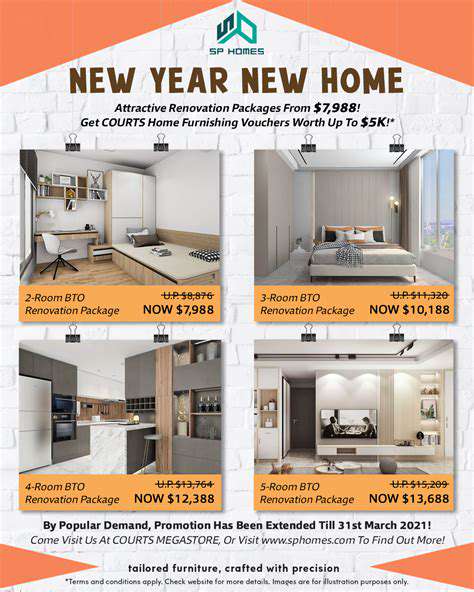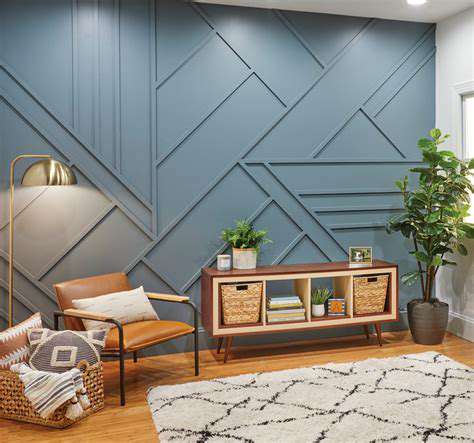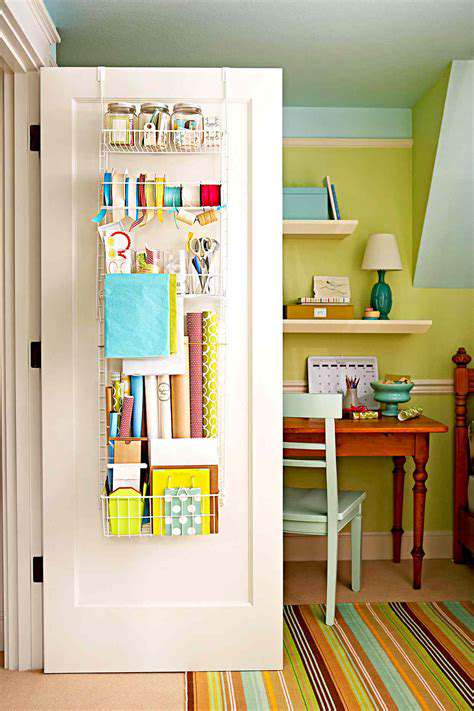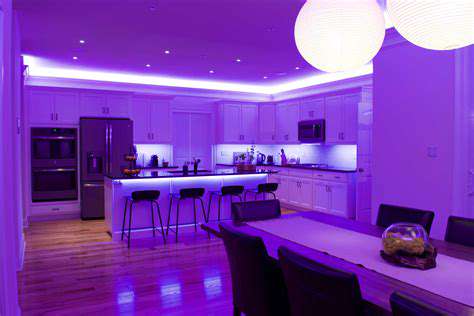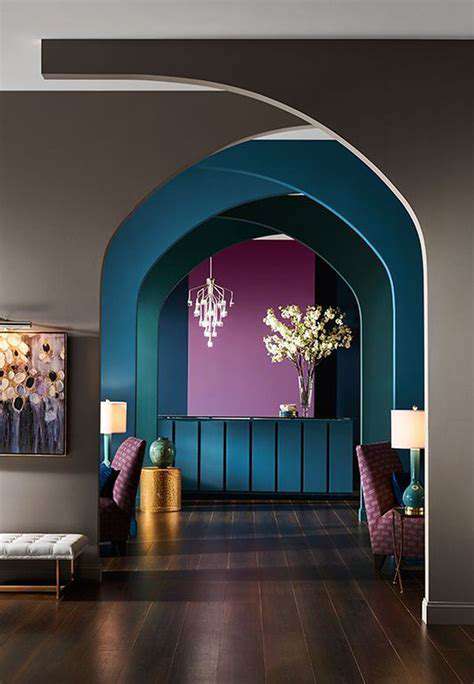Best Interior Design Tips for Space Optimization
Strategic Furniture Selection for Small Spaces
Maximizing Space with Multi-Functional Furniture
Choosing furniture that serves multiple purposes is crucial in small spaces. A sofa bed transforms from seating to sleeping space effortlessly, making it ideal for hosting guests without compromising daily living areas. Storage ottomans and coffee tables with hidden compartments serve dual roles—providing both surface space and concealed storage. This dual functionality keeps clutter at bay while maintaining aesthetic appeal.
Expandable dining tables offer another smart solution. With removable leaves, they adapt to both intimate meals and larger gatherings. These adaptable pieces prove that small spaces don’t have to sacrifice versatility.
Prioritizing Minimalist Design Principles
Clutter is the enemy of small spaces. A minimalist approach—defined by clean lines and purposeful simplicity—creates visual breathing room. Furniture with sleek silhouettes avoids visual heaviness, making rooms feel more open. The key is selecting only essential pieces that enhance daily life without overcrowding.
Every item should earn its place. By curating furniture with intention, you create a serene environment that feels expansive rather than confined.
Strategic Use of Light and Color
Light hues like soft whites and pale pastels reflect natural light, amplifying the sense of space. Mirrors placed opposite windows double sunlight’s impact, while light-colored walls and furnishings maintain an airy atmosphere. This combination tricks the eye into perceiving more square footage than physically exists.
Clever Arrangement and Placement
Furniture layout dramatically influences spatial perception. Leaving intentional gaps between pieces prevents a cramped feel and improves traffic flow. For example, angling a sofa away from walls or using floating shelves preserves floor space. Thoughtful placement ensures rooms remain functional yet visually open.
Vertical Space Optimization
Walls offer untapped storage potential. Floor-to-ceiling shelving and wall-mounted cabinets keep essentials accessible without encroaching on living areas. This upward expansion draws the eye vertically, creating an illusion of height and additional square footage.
Considering Room Dimensions and Proportions
Oversized furniture suffocates small rooms. Measure your space meticulously before purchasing pieces. A loveseat instead of a full sofa or a round dining table instead of rectangular can maintain proportions. Balanced scaling prevents visual overwhelm and enhances harmony.
Choosing the Right Scale for Your Furniture
Petite spaces demand petite furnishings. Armless chairs, slim-profile consoles, and low-profile beds maintain openness. When every inch counts, appropriately scaled furniture ensures comfort without congestion. The result? A room that feels intentionally designed rather than accidentally cramped.
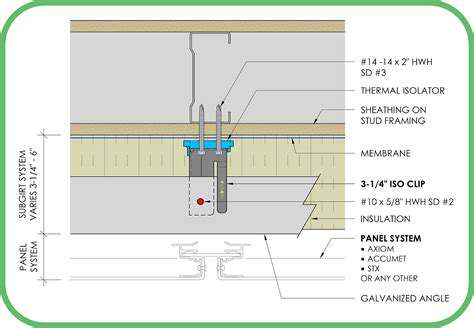
Creating the Illusion of Space Through Design Principles
Maximizing Visual Space with Light
Light manipulation is transformative in compact areas. Sheer window treatments maximize sunlight penetration, while layered lighting—ambient, task, and accent—eliminates shadows that shrink spaces. Dimmers allow adjustable brightness, tailoring illumination to enhance perceived dimensions throughout the day.
The Power of Mirrors in Expanding Perceptions
A well-positioned mirror can visually double a room’s size. Placing one opposite a window reflects outdoor views and light, creating depth. For narrow areas, mirrored walls or leaning floor mirrors elongate sightlines. Proportion matters—oversized mirrors make bold spatial statements, while small ones offer subtle enhancements.
Clever Color Choices for Visual Impact
Stick to a monochromatic or tonal palette. Light walls with slightly darker floors ground the space without closing it in. If introducing color, limit bold accents to single decor items like throw pillows or artwork to maintain openness.
Strategic Furniture Placement for a Seamless Flow
Furniture should guide movement, not obstruct it. Floating sofas away from walls and using backless benches instead of bulky chairs improve circulation. Multi-functional pieces like nesting tables provide flexibility—expand when needed, tuck away when not.
Utilizing Patterns and Textures for Depth and Dimension
Subtle textures add interest without chaos. A nubby wool throw or matte-finish side table introduces tactile variety while maintaining visual calm. Vertical stripes on curtains or wallpaper draw the eye upward, enhancing ceiling height perception.
